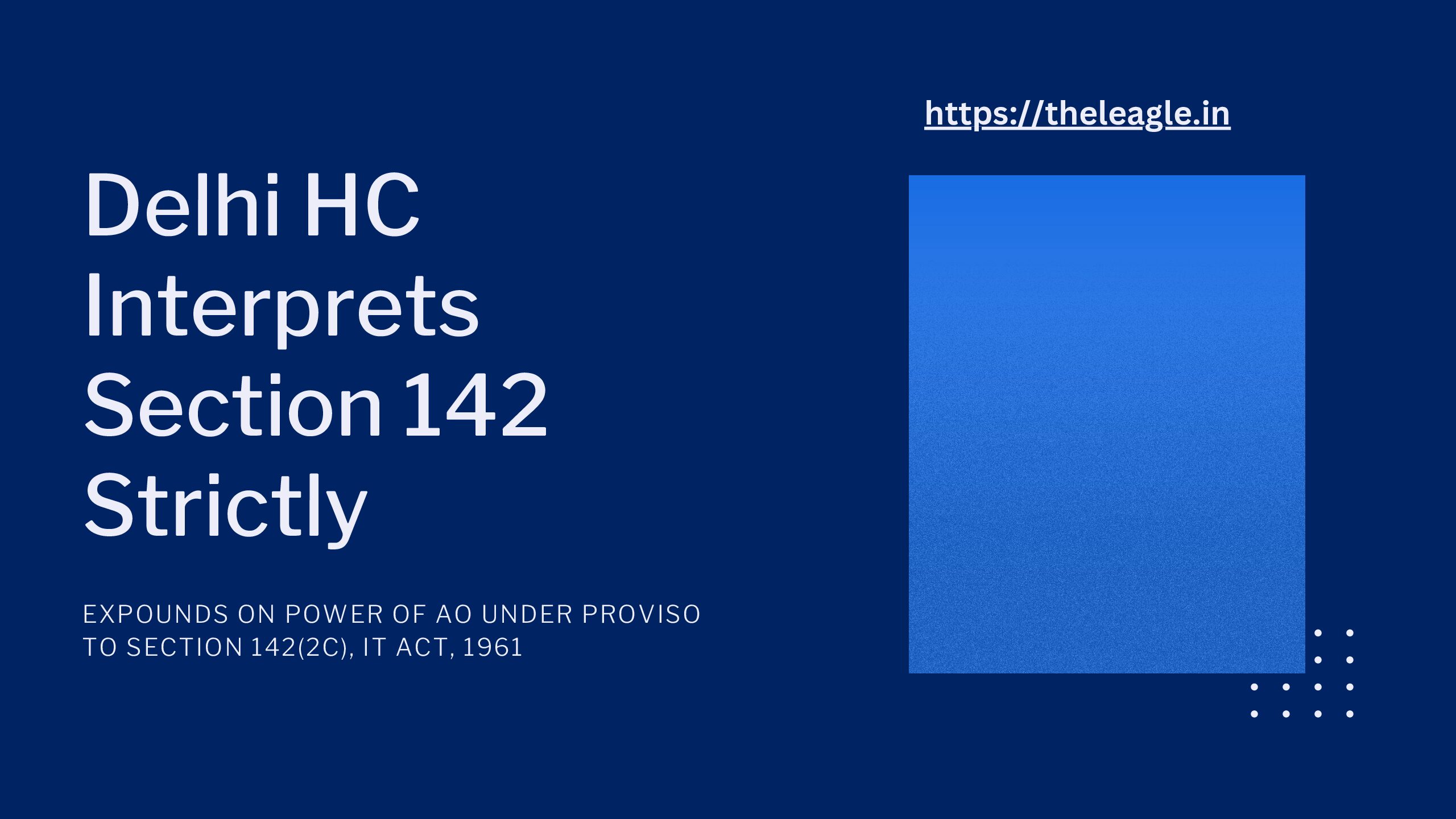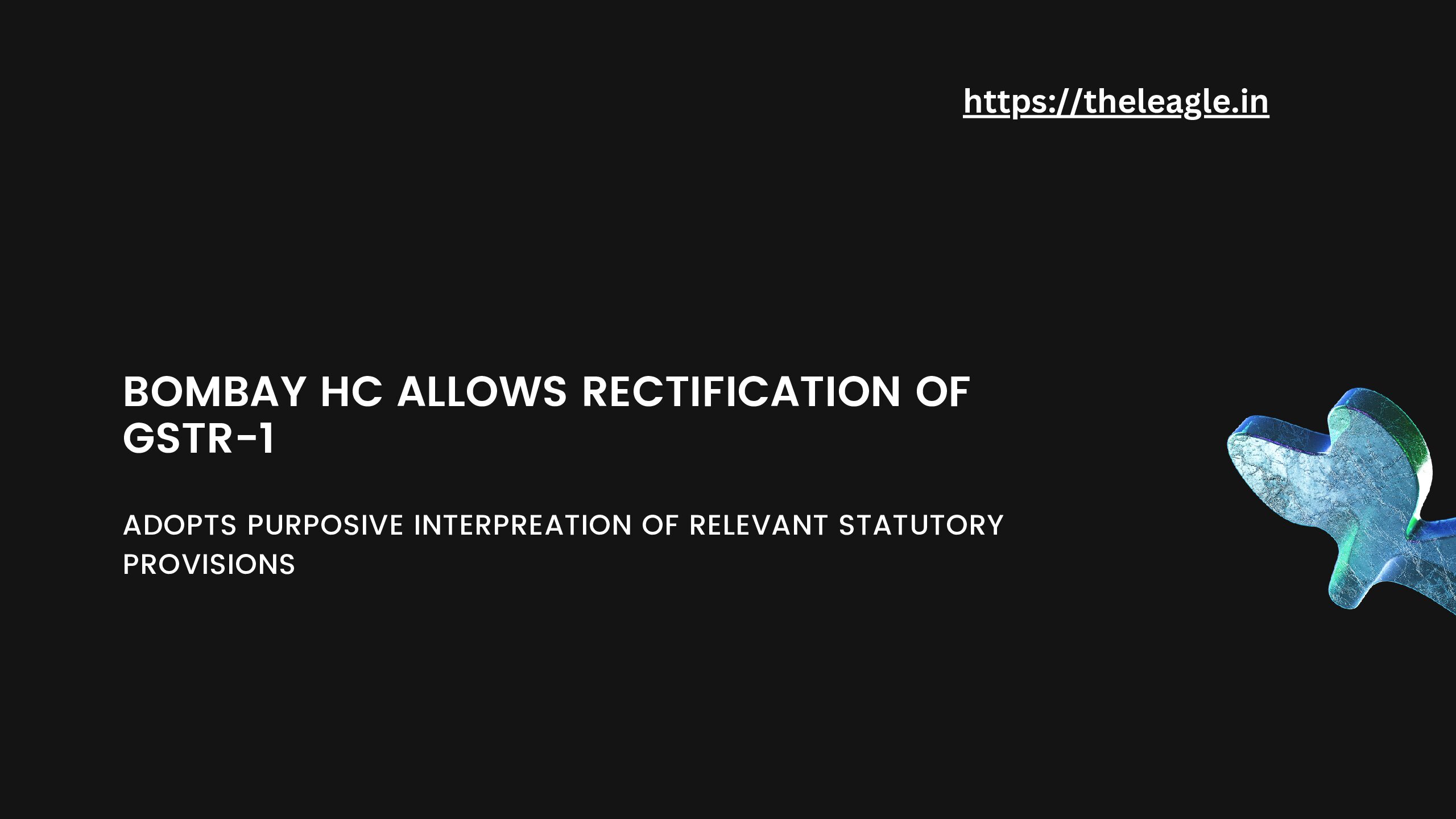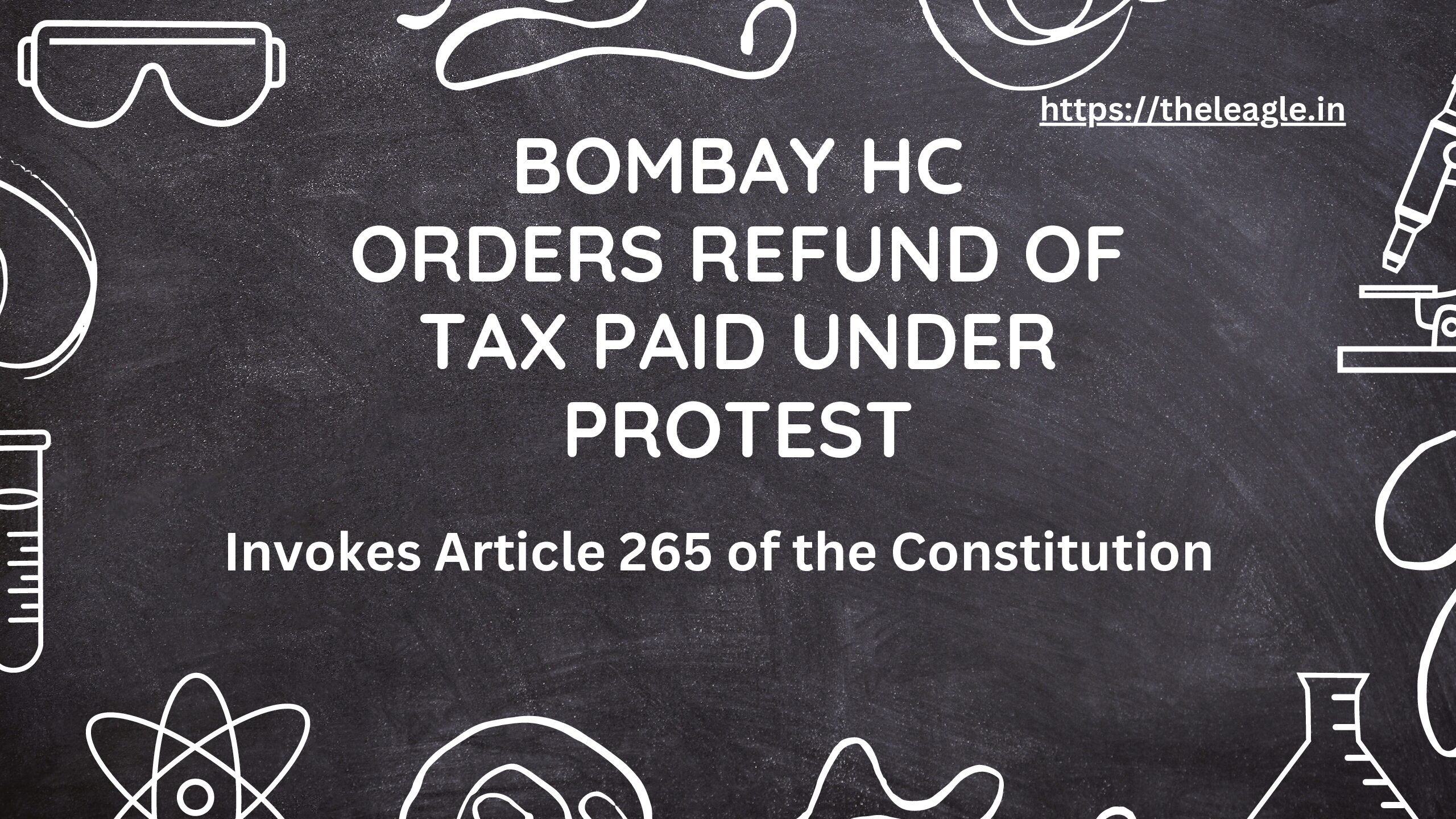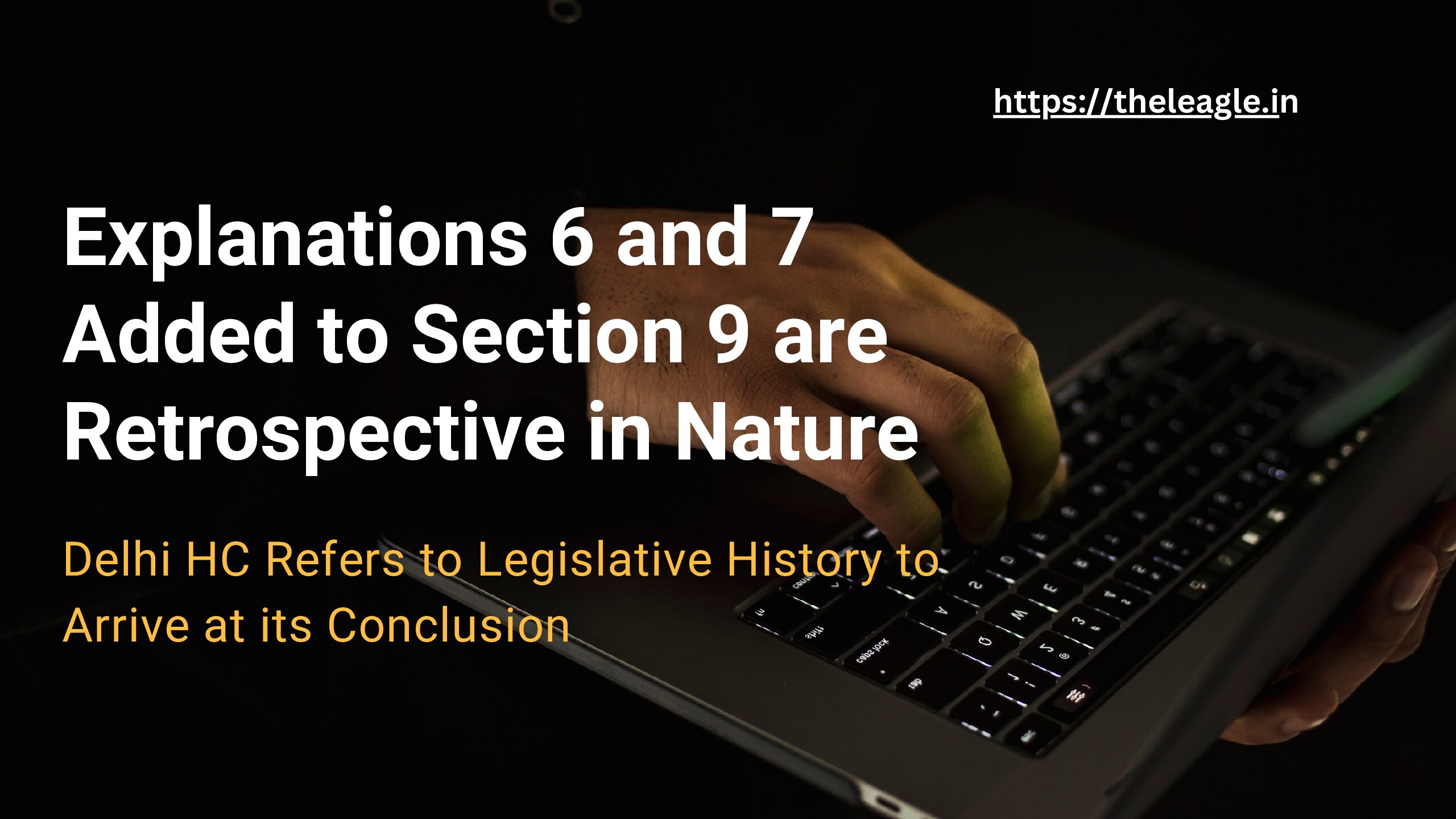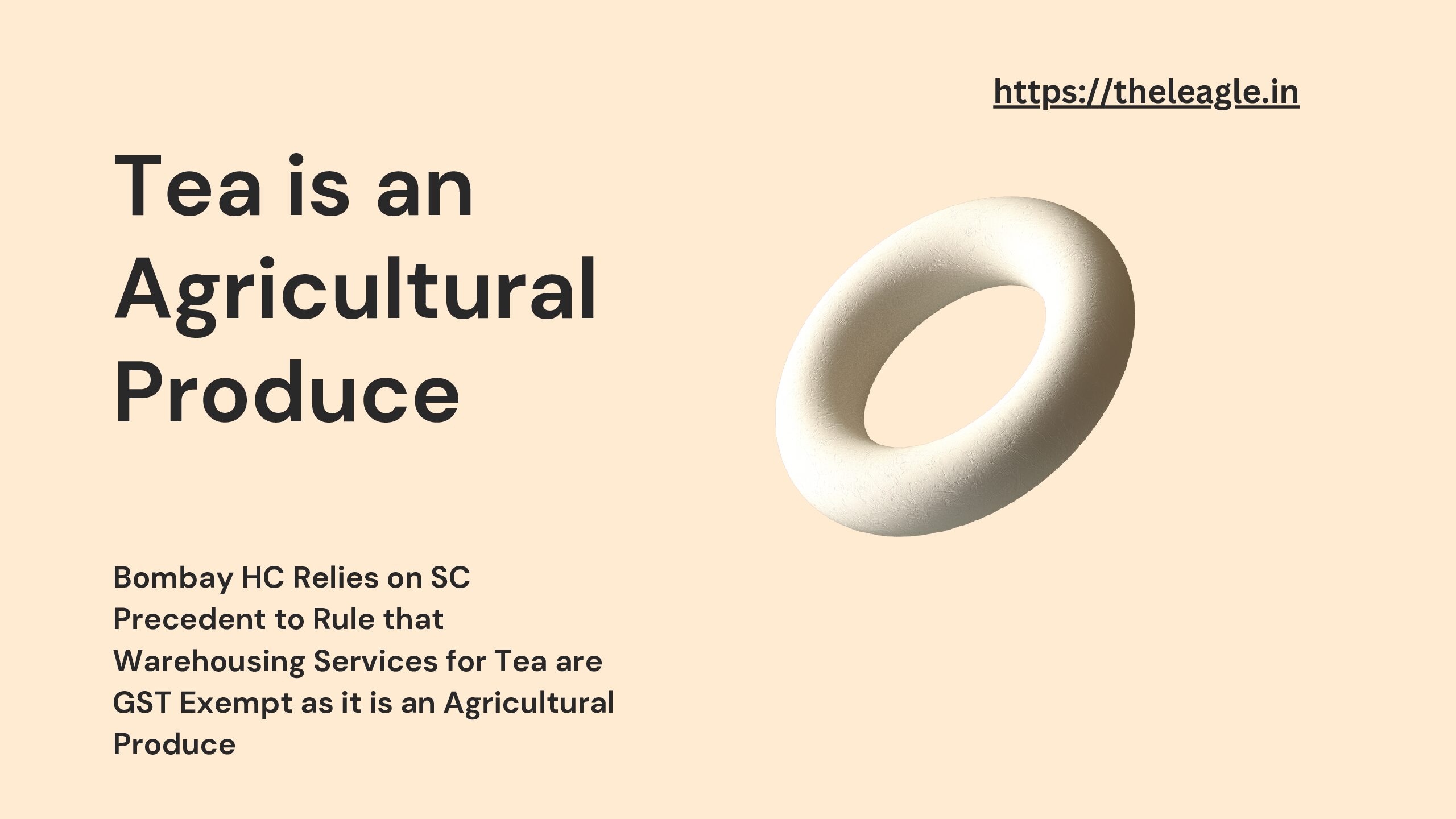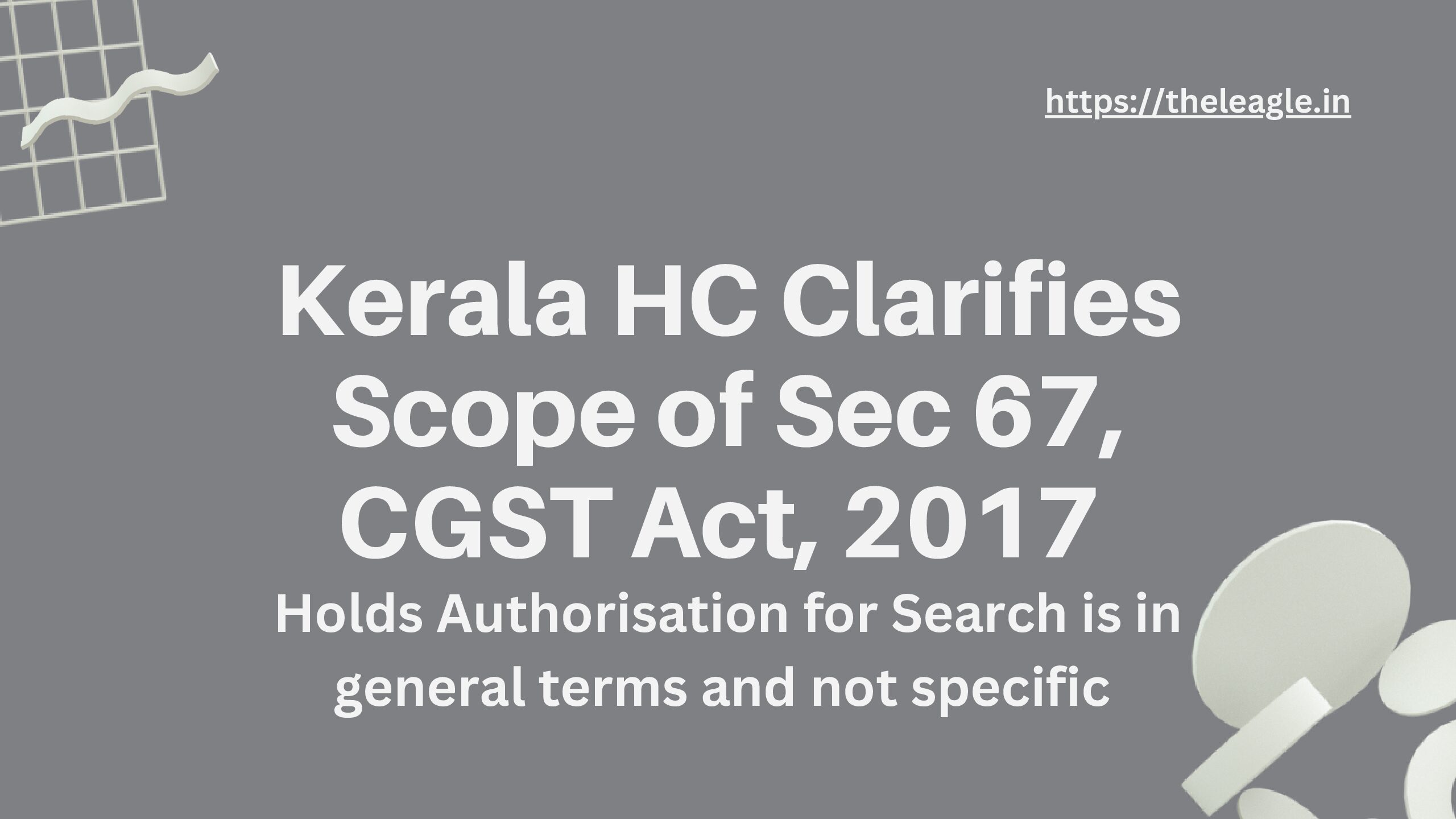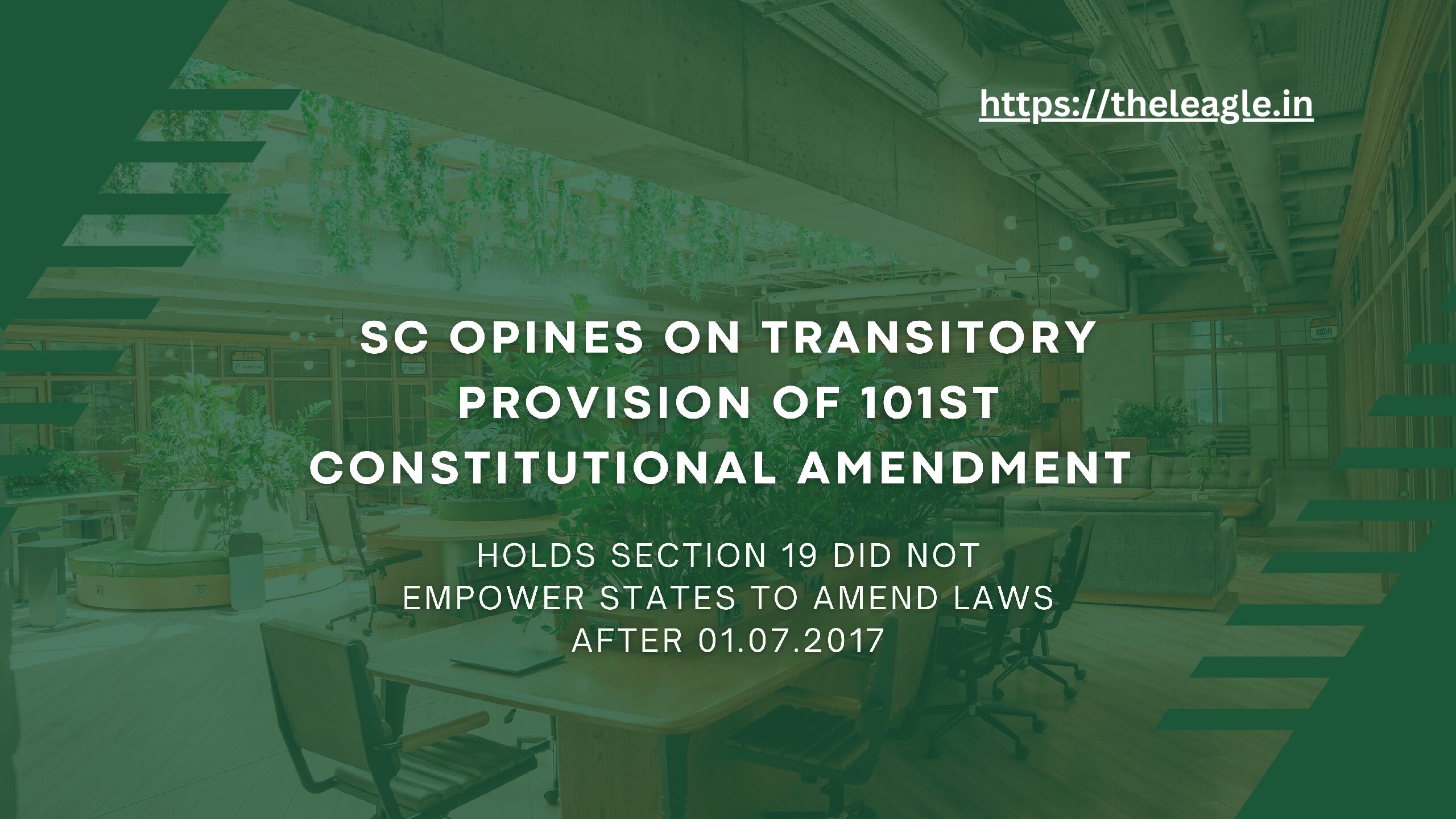In a recent decision[1], the Delhi High Court clarified that the power granted to the Assessing Officer (‘AO’) under Proviso to Section 142(2C), IT Act, 1961 cannot be abdicated to a superior officer. Thus, the decision of the superior officer, even if it was arrived at on the recommendation of AO was not valid.
Facts
The brief facts of the case are that the assessee was subjected to a search action under Section 132, IT Act, 1961 on 19.02.2008 and thereafter the AO issued a notice to the assessee under Section 153A. Eleven months later, the AO issued a notice to the assessee seeking a response for conduct of special audit of its affairs in exercise of its powers under Section 142(2A). The objections of the assessee to the notice were rejected and thereafter the Commissioner of Income Tax (‘CIT’) approved the conduct of audit and appointed an auditor and the same was communicated to the assessee. The time frame of 120 days was also fixed for completion of the audit.
The auditor so appointed thereafter requested for an extension and the request was forwarded by the AO to the Assistant CIT who in turn forwarded it to the CIT. On considering the request, the CIT granted an approval and the AO communicated the extension of time period to the auditors.
The question before the Delhi High Court was whether the extension of time period for audit was lawfully granted by the CIT under Proviso to Section 142(2C), IT Act, 1961.
Arguments
Before I summarise the arguments, the two relevant provisions for consideration are:
Briefly put, Section 142(2A) states that if at any stage of the proceedings the AO is of the opinion that it is necessary to get the accounts of the assessee audited he may with the prior approval of the Principal Chief Commissioner or Chief Commissioner or Commissioner direct the assessee to get the accounts audited by an accountant nominated by the Principal Chief Commissioner or Chief Commissioner or Commissioner. The AO is required to form such an opinion based nature and complexity of accounts, volume of accounts, doubts about correctness of accounts and interests of the revenue. And once the auditor is nominated, the AO shall direct the assessee to get the accounts audited and furnish a report if such audit in the prescribed form duly signed and verified by such accountant and setting forth such particulars as the AO may require.
Proviso to Section 142(2C) states that:
… the Assessing Officer may, Suo motu, or on an application made in this behalf by the assessee and for any good and sufficient reason, extend the said period by such further period or period as he thinks fit; so, however, that the aggregate of the period originally fixed and the period or periods so extended shall not, in any case, exceed one hundred and eighty days from the date on which the direction under sub-section (2A) is received by the assessee.
The recommendation for extension of time for the audit was made by CIT once the AO forwarded the auditor’s request letter to the CIT. The Revenue argued that the extension of time period was an administrative act and whatever functions a subordinate authority can perform a superior authority can also undertake on the administrative side. The Revenue further argued that the CIT had the power to appoint an auditor under Section 142(2A) and in doing so it exercises an administrative power. And in extension of the same power, the CIT can also amend the time within which the audit needs to be completed. The Revenue further added that if the prior approval of CIT is needed for appointment of an auditor under Section 142(2A), there is no infirmity in seeking the opinion of CIT for extension of the time for such audit under Proviso to Section 142(2C). The Revenue was trying to read the power to nominate an auditor under Section 142(2A) and the power to grant an extension for audit under Proviso to Section 142(2C) as the same or in a continuum.
The assessee, on the other hand, disputed that the power was an administrative power and argued that the audit proceedings are part of assessment proceedings which are judicial in nature. The assessee argued that the AO abdicated its powers under Proviso to Section 142(2C) in favor of CIT since AO did not seek approval of CIT for extension of the time but abdicated the entire decision to CIT. Further, it was pointed that the approval of CIT is not needed for extension of time under Proviso to Section 142(2C). The approval is only needed to appoint an auditor under Section 142(2A). The assessee was thus treating both the provisions are independent of each other and the powers so provided as distinct.
Decision
The Delhi High Court decided in favor of the assessee by strictly interpreting Proviso to Section 142(2C). The High Court observed that the Proviso to Section 142(2C) makes it abundantly clear that the AO has the discretion to extend the initial timeframe allotted for submission of the audit report. And it noted that:
Thus, it is evident from a plain reading of the provisions mentioned above that both the discretion to trigger the process for issuance of a direction to the assessee for getting the accounts audited within a specified timeframe and the extensions, if any, that are granted is that of the AO. Both sub-sections (2A) and (2C) read with the proviso appended to the latter make that abundantly clear. (para 11)
The Delhi High Court correctly noted per Section 142(2A) the CIT or other authority was only the nominating authority for auditors. The time frame for submission of audit, the details in the audit reports, etc. were all to be decided by the AO. The High Court was categorical in its assertion that Section 142(2A) was ‘AO-centric’, since the AO was performing the dual role of an adjudicator and the inquisitor. (par 13.1)
The Delhi High Court concluded that the facts clearly show that the AO did not exercise its power to extend the timeframe, instead merely transmitted the request for extension to the CIT and made a recommendation which was not in accordance with Proviso to Section 142(2C). The High Court noted that ‘since the legislature vested the discretion to extend the timeframe solely in the AO, he could not have abdicated that function and confined his role to only making a recommendation to the CIT.’ (para 20)
Finally, the Delhi High Court also agreed with the assesee’s contention that since the appointment of auditor was part of the assessment proceedings, it had civil consequences and it was clearly not an administrative power. Though the High Court did add that the distinction between administrative and quasi-judicial powers has been obliterated since they have civil consequences.
Conclusion
The Delhi High Court correctly interpreted the Proviso to Section 142(2C) wherein only the AO has the power to extend the timeframe for the audit though two things are worth mentioning: first, the fact that the AO decides the original time allotted under Section 142(2A) is not expressly provided in the provision though the High Court interpreted it to be so; second, the High Court’s opinion on the distinction between administrative and quasi-judicial powers and the obliteration of their difference is not entirely clear. While on one hand it termed the power as quasi-judicial while on the other hand it seemed to suggest that distinction between both kinds of powers had obliterated, making at least one observation redundant.
[1] Pr. Commissioner of Income Tax Central v Soul Space Projects Ltd 2023:DHC:8835-DB.
